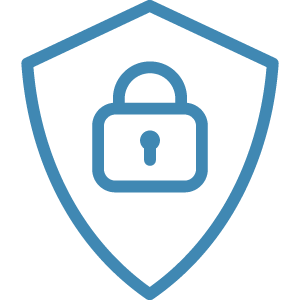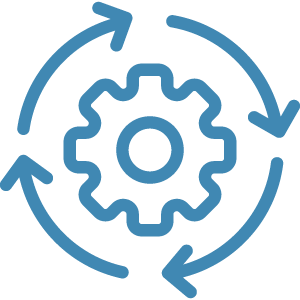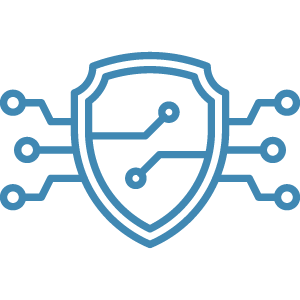Vendors and suppliers are two essential cogs in a high-functioning supply chain, each managing copious amounts of data. A supplier is an entity that provides raw materials or parts, such as a specific type of building material used in construction or a particular ingredient needed for food manufacturing or a culinary conquest. A vendor, on the other hand, is a subsect of the supplier community that sells finished goods, such as processed foods, gaming consoles, or even pre-built tiny homes. In either case, they each consume, process, and export data to conduct their business, and are each potential targets of cybercrime.
Supply chain data landscape
The supplier/vendor business model can be incredibly complex. Not only must they collect vital data related to the specific materials or goods they sell, but they also must manage sensitive client data, financial information, inventory, workflows and routing details, and more.
For example, a supplier or vendor may source materials or goods locally, nationally, or internationally, depending on the need or business model. Additionally, they will need to maintain documentation about their products and may need to provide a Certificate of Analysis (CoA) upon delivery. The CoA includes data such as supplier information, materials identification, transportation information, and evidence of conformance. This data demonstrates the quality of the materials provided, and further positions the supplier or vendor as a trusted and reliable partner.
Beyond specific product data, a supplier or vendor is responsible for collecting and managing highly sensitive data, including financial information as well as client, employee, and partner data. Additionally, they must maintain a network of workflows and routing information to streamline operations and ensure client satisfaction.
With so much data, and varied entry points to that data, the temptation for cybercriminals is high.
Supply chain cybersecurity risks
According to the State of Supply Chain Defense Annual Global Insights Report 2023, the mean number of supply chain breaches increased by 26% from the previous year. One example occurred in November 2023, targeting Australia’s DP World. In this instance, the cybercriminal was able to access sensitive data and negatively impact up to 40% of Australia’s freight trade.
Three of the top cybersecurity risks affecting suppliers and vendors include:
- Phishing: Suppliers and vendors are no stranger to digital communication. It’s often the primary mode of collecting and transmitting data, keeping the business running smoothly. But this convenience comes with a price. Cybercriminals are known to leverage email and SMS to trick the recipient into divulging sensitive information (e.g., user credentials, credit card information, bank account number).
- Ransomware: Supply chains are an attractive target for ransomware attacks due to their interconnected ecosystem and robust data repositories. With the help of phishing or another social engineering tactic, cybercriminals can install malicious software known as malware or ransomware.This malicious software is intended to seize control of data or operating systems, holding them “hostage” until a ransom is paid.
- Third-party vulnerabilities: Suppliers and vendors typically have an extensive network of partners with varying levels of cybersecurity protections. These networks are essential for business, but may introduce unexpected risks or weaknesses.
Strengthening supply chain cybersecurity
Supply chains are only as strong as their weakest links. And cybersecurity weaknesses have proven time and again to be the weak link, causing tremendous damage to a supplier or vendor’s business, network, finances, and reputation. Yet despite the risk, many suppliers and vendors find it difficult to allocate the appropriate resources and necessary expertise to build and maintain their cybersecurity defenses. For smaller suppliers, that challenge is significantly amplified.
Instead of investing in a cybersecurity expert internally or accepting “good enough” cybersecurity by making it an add-on to an existing team member’s role, it may be time to truly strengthen your team and cybersecurity protections with the help of a strategic advisor and partner in GainSide.
Supply chains are complicated enough and require meticulous attention to detail and quality assurance practices. From sourcing to delivery, each link of the supply chain is essential. Everything is great when it’s great, but one cybersecurity misstep could bring it all crashing down. Why let that happen?
To explore how GainSide can help you protect your supply chain from cybercriminals, reach out to us today.






